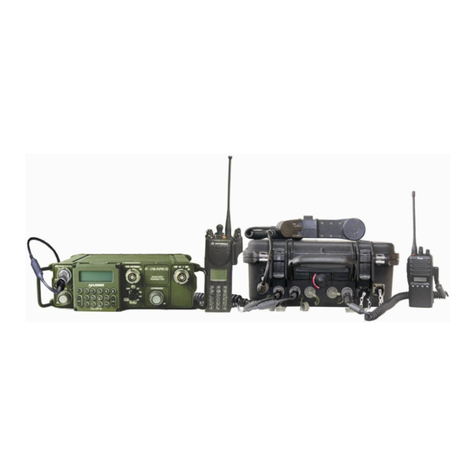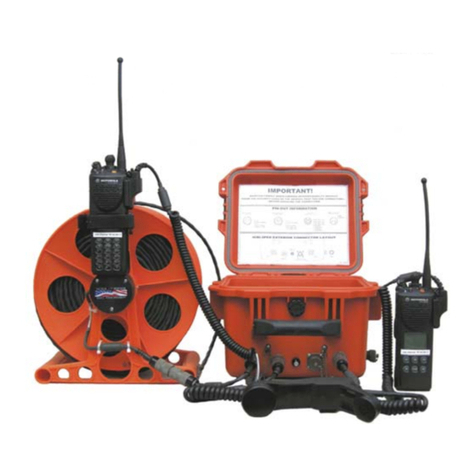
TABLE OF CONTENTS:
THEORY OF OPERATION ....................................................................................................... 3
PRE-OPERATIONAL ACTIVITIES......................................................................................... 4
INITIAL SETUP........................................................................................................................... 6
PELICAN CASE ICRI STORAGE ............................................................................................ 7
CONTROLS AND INDICATORS.............................................................................................. 9
FRONT PANEL............................................................................................................................... 9
REAR PANEL............................................................................................................................... 11
REAR PANEL............................................................................................................................... 11
ICRI POWER.............................................................................................................................. 12
POWERING THE ICRIWITH INTERNAL LITHIUM ION BATTERY:.................................................... 12
POWER THE ICRIWITH THE OPTIONAL C-AT BATTERY PACK (8 “AA” CELLS) ........................... 13
POWER THE ICRI-2P WITH CIGARETTE LIGHTER OR ALLIGATOR CLIPS CABLE (P/N 179.0730).... 14
PORTABLE RADIO INTERFACE.......................................................................................... 15
CONNECTING THE PORTABLE RADIO............................................................................................ 15
OPERATING THE PORTABLE RADIO AFTER CABLE CONNECTION................................................... 17
USING A NEXTEL™PHONE IN DIRECT CONNECT™MODE........................................................... 17
SETTING RADIOS TO “BRIDGE”THROUGH THE ICRI-2P............................................................... 18
TROUBLESHOOTING RADIO SETUP............................................................................................... 18
LAND-LINE TELEPHONE, CELLULAR PHONE INTERFACE...................................... 19
CONNECTING A LAND LINE TELEPHONE TO THE ICRI-2P....................................................... 19
CONNECTING A CELLULAR TELEPHONE TO THE ICRI-2P....................................................... 20
THE LOCAL HANDSET .......................................................................................................... 21
USING THE HANDSET................................................................................................................. 21
ADJUSTING THE VOLUME.......................................................................................................... 21
ICRI TO ICRI LINK.................................................................................................................. 22
ICRI UNIT IDENTIFIER.......................................................................................................... 23
APPENDIX A: INTERFACE CAPABILITIES DIAGRAM FOR FAM ICRI-2P............... 24
APPENDIX B: CONNECTOR PIN-OUT DATA.................................................................... 25
APPENDIX C: ICRI-2P COVER INSTRUCTIONS (FAM CONFIGURATION).............. 26
APPENDIX D: ICRI BOARD ADJUSTMENTS..................................................................... 27
APPENDIX E: SOME INTEROPERABILITY DOS AND DON’TS ................................... 29
APPENDIX F: FCC PART 15.21 INFORMATION TO USER:............................................ 30































